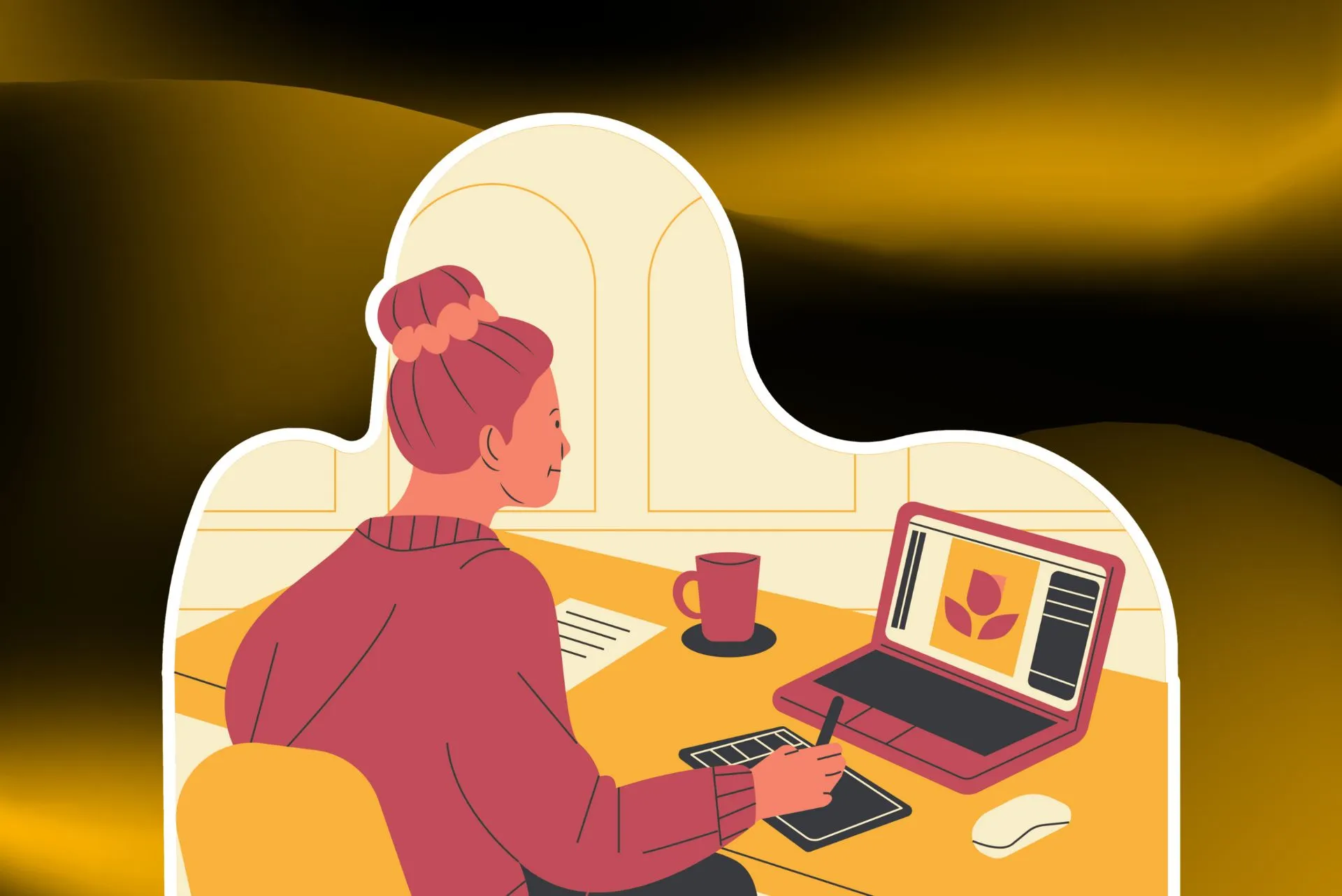When you were young, books with pictures looked fascinating to read rather than the traditional black and white pages. The eye-catching fonts, colours, and images always made reading enjoyable. Growing up, artistic advertisements, well-designed websites, colourful magazines never failed to draw our attention. Speaking of the above examples, they are all a part of graphic design.
Technically, graphic design projects ideas and experiences in visual and textual contexts, which requires art and practice. In simple words, graphic design is all about putting an idea in a visual and text form, for example, business logo, website design, magazine covers, etc. With the introduction of the digital age, graphic design is not only limited to magazines, advertisements, and movie posters. With the advancement in technology, graphic design has taken a toll on various types: Website design, User Experience (UI) design, and Motion graphic design.
Having an eye for design is a graphic designer’s utmost skill, but it also needs learning and improvement time and again. There are countless ways you can use graphic design to solve business problems and evoke inspiration. We have listed some of the graphic design tricks that can help you get motivated and help strengthen your graphic designs below:
Choosing The Appropriate Color Palette
The first thing on a designer’s mind is the colour themes for their designs when starting on any assignment. The colour palette determines most of the aspects of design. Not all colours go with each other, nor with all shapes and topography.
Every project has a different theme, and choosing colours according to it can bring about a massive difference in the designs. With the knowledge of elements of design and principles of design, you have your basics intact. The Colour picker tool can also help you find the exact or contrasting font colours with backgrounds. Brainstorm your color choices using Egg Gradients or the Coolors tool.
Grids for images
Unaligned and scattered elements are usually not a good sight, yet are neglected by the audience. A systematic framework design like grids is one of the most important graphic design tips that can make your output more appealing and relatable.
Grids help construct a layout that creates a professional effect for the graphics. Applying grids makes the images stand out.
Human brains respond to visual hierarchy. With grids, it is possible to create unique layouts quickly and simply without using design templates. Canva is an excellent tool to help with the layout and editing of images.
Transparency
Transparency is a representation of how see-through an element is. Transparency, also known as opacity, is used in images, logos, and text. It makes any project a clear standout, no matter your colour palette. Transparency creates depth in the graphics.
Transparency lets designers show their creative side as there are no hard and fast rules, leading to endless ways to experiment with graphics. For example, if icons are transparent on the website, it helps you quickly differentiate between the background and icons. Simplified is a design tool that allows your designing journey to be more fun and superficial.
Sketch your ideas beforehand
Visualization is an essential first step for a designer. Sketching things roughly before implementing them on software gives a clear idea about the graphic blueprint. It lets you get an idea of what your final design will look like.
Sketching gives the freedom to express your thoughts and get your creative juices flowing. If a designer cannot sketch and communicate what they think, designing it will become a bit difficult for them. To avoid chaotic results, be prepared with ideas and draw them beforehand.
Practice everyday
Practice makes a man perfect; everyone has heard this saying multiple times, and the design industry is no exception. Nobody is born with excellent design skills, and to master them, one has to practice every day to become better. It is all about learning these graphic design techniques and giving it your best every single day.
Work on demo projects, make some designs for yourself, redesign your old projects and work on any projects that come your way. Practice is one virtue that can take you way ahead in the game of designing.
Conclusion
The design market trends are constantly changing, and the skills needed for graphic design requires constant learning and improvement. All the above hacks will make your design journey more manageable and attractive. While there are various practices in the field, learning from the pros can help enhance your skills and grow. The industry has an abundance to give, so step up your game and incorporate as many graphic design tricks in your journey.






